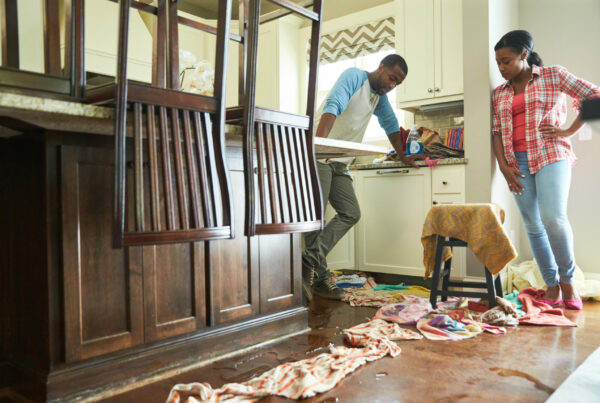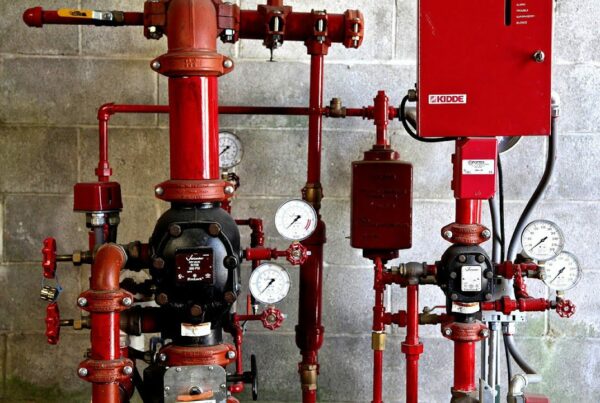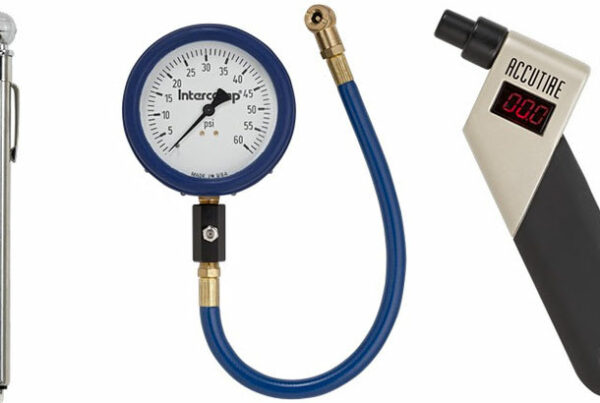Most insurers don’t cover mold removal or damage from mold or bacteria. But that doesn’t mean you shouldn’t file a claim. If the mold in your home or residence was caused by something sudden or accidental, such as a bursting pipe or some other covered incident on your policy, you may be protected. If the mold grew because of neglected home maintenance, repeated water leaks, and seepage or long-term exposure to humidity, your home or renters insurance generally won’t cover the damage.
When mold is covered by your insurance
You may be covered for sudden mold-related incidents specified on your policy. For example, a fire in your home is put out with hose-water, which then caused dampness and mold. Another scenario where you could be covered is if your water heater bursts and floods your basement, causing mold in the aftermath.
When mold is not covered by your insurance
Your insurer won’t cover a claim resulting from neglect. For example, if your showerhead has continuously leaked for months, resulting in water damage and, consequently, mold. Or if your window is not properly sealed and rain leaks through continuously over time, leading to mold growth.
How to prevent mold
With moisture comes the possibility of mold. Mold can grow anywhere in your home, even above ceiling tiles and inside your walls, so it’s important to practice moisture control:
- Check for water leaks/spills and fix them right away
- Make sure rainwater flows away from your home
- Watch for condensation on your walls and windows—you may need to turn down or shut off your humidifier if you notice increased moisture
- Consider running a dehumidifier in your basement or other damp areas of your home
- Keep your gutters clean and functional
- Make sure fresh air circulates throughout your home to decrease moisture
- Perform routine maintenance on all appliances that use water (water heater, dishwasher, washing machine, refrigerator, etc.)
- Avoid carpet in wet areas like basements and bathrooms
Signs of mold
Odors: Inside your home, mold will have a musty, damp smell. You can usually find the affected area just by following the unpleasant odor.
Health issues: If you have a running nose, itchy eyes or nasal congestion, you may be having an allergic reaction to mold (especially if your symptoms are worse when you’re at home).
Visible mold: Mold growth can appear in any color; it may look like dirt or appear white and thread-like. Even a small amount may mean you have a larger, out-of-sight infestation.
Hidden mold
Mold is a type of fungus that grows quickly in moist, dark areas and may be present, even if you don’t see any mold stains. If you detect a musty odor and suspect mold could be growing inside the walls of your home, the EPA advises contacting a mold remediation professional.
How to treat mold
If mold is visible on your home’s hard surfaces, it can be cleaned with detergent, water, and intense drying. Make sure to wear gloves and protective goggles. For hidden mold or large infestations, call a professional for removal to make sure it’s not toxic.
Source: Progressive






